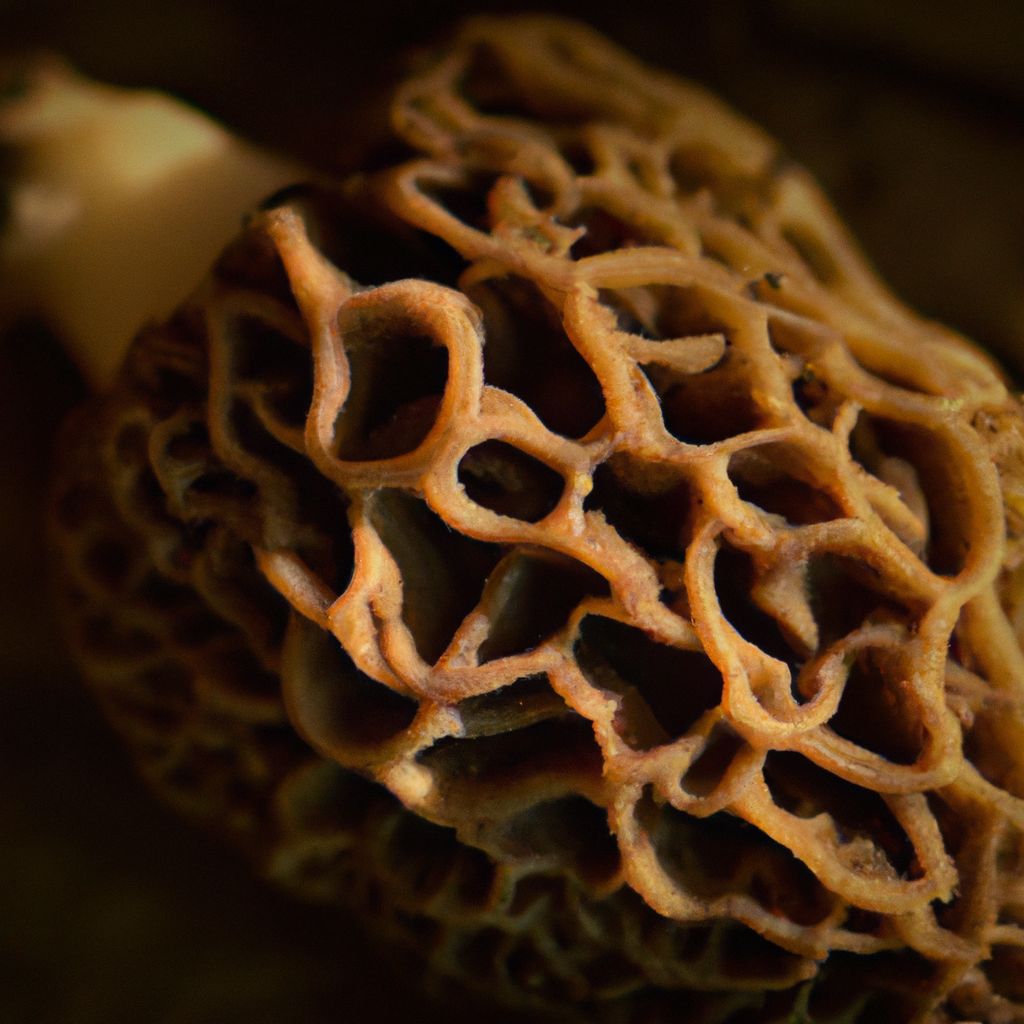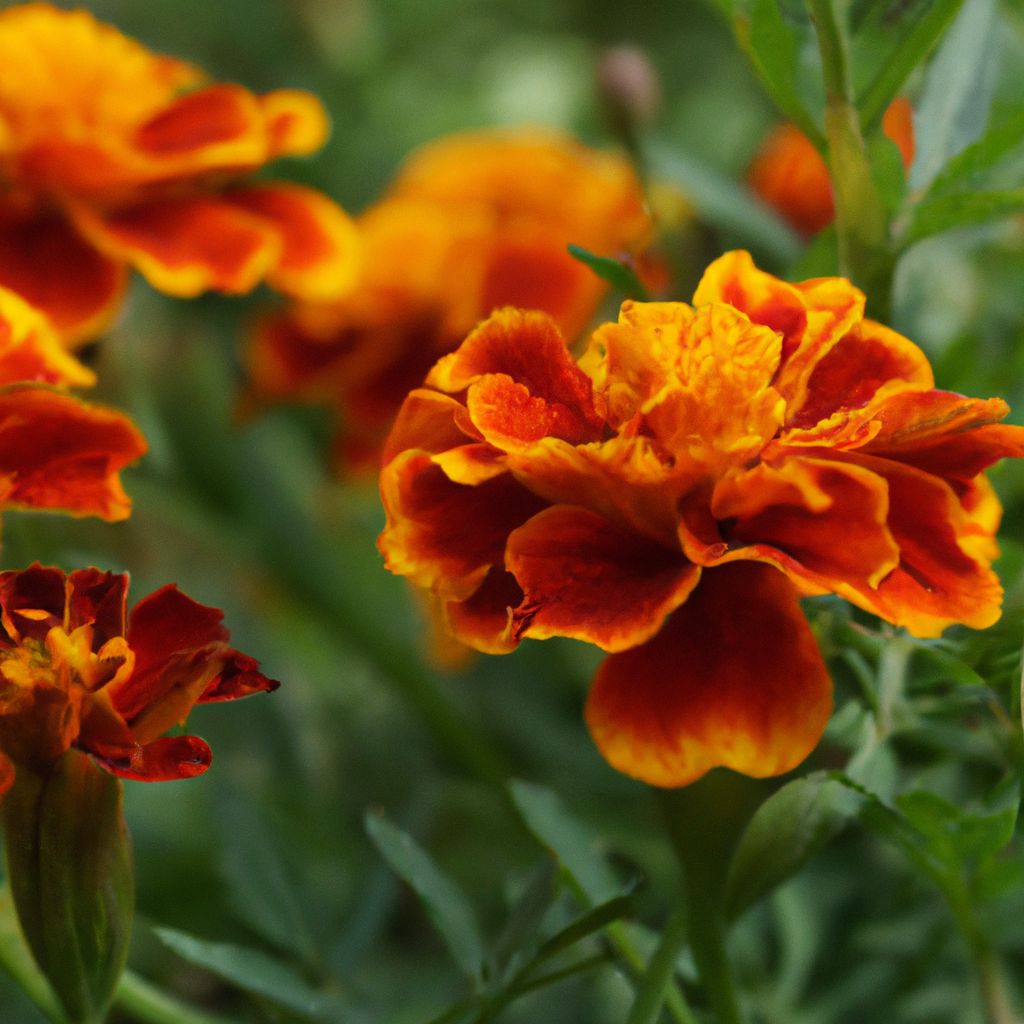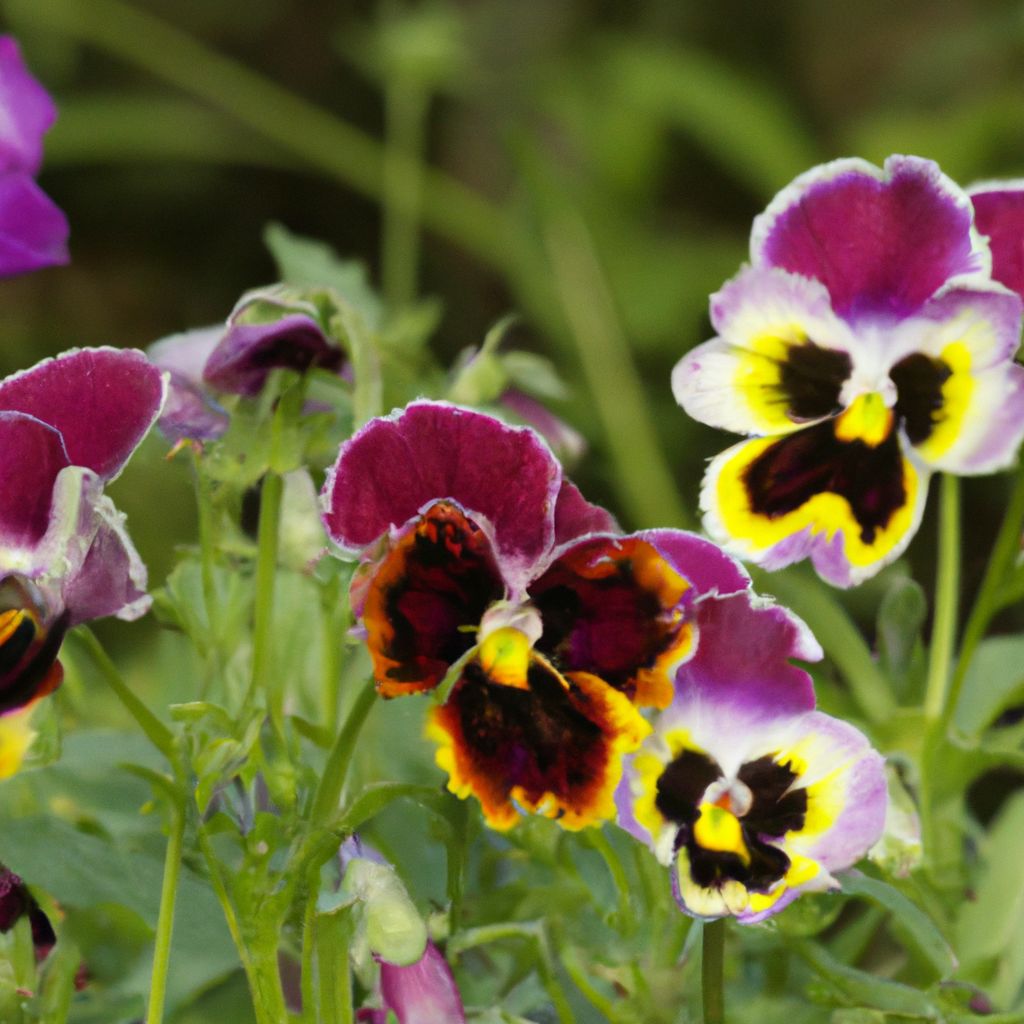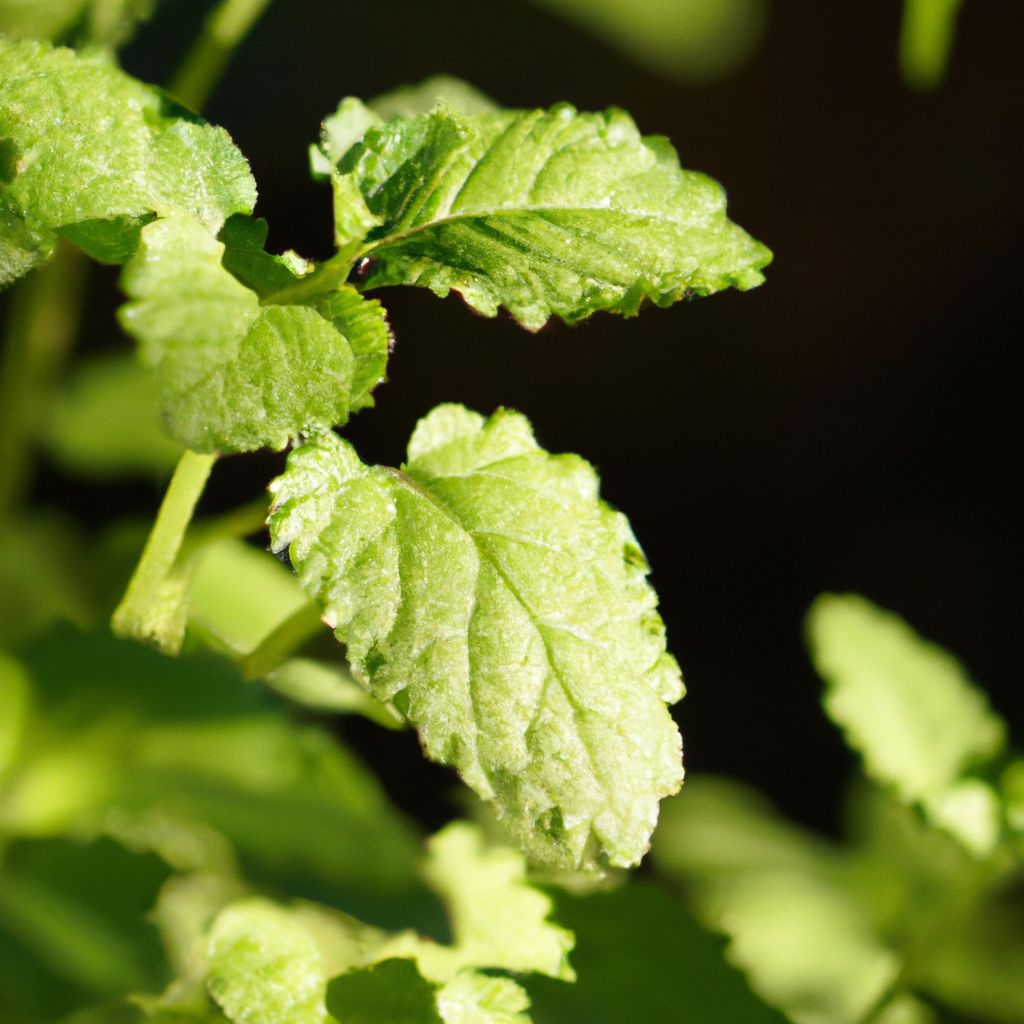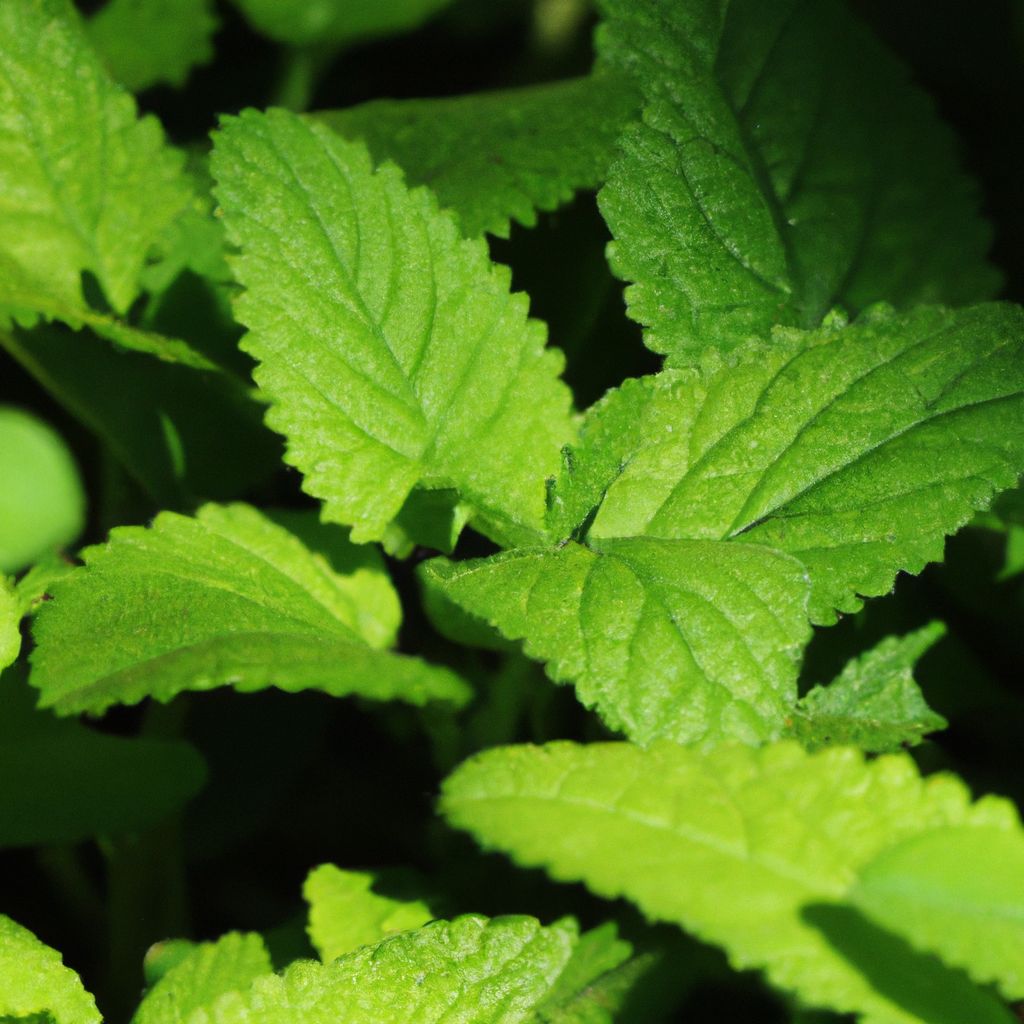The morel mushroom, a coveted forest delicacy, has long tantalized mushroom enthusiasts and culinary connoisseurs alike with its unique flavor and elusive nature. While these exquisite fungi are notoriously difficult to cultivate, the prospect of growing morel at home has captivated the imagination of many. In this comprehensive guide, we unravel the secrets to unlocking the magic of morel mushroom cultivation, transforming your backyard or indoor space into a haven for these prized edibles.
The Allure of Morel Mushrooms
Morel mushrooms are considered a delicacy for a multitude of reasons. Their distinctive flavor, often described as earthy and slightly nutty with hints of smokiness, sets them apart from other mushroom varieties. Furthermore, their scarcity in the wild, combined with the challenges of cultivation, adds to their allure and exclusivity.
These enigmatic fungi thrive in specific forest environments and emerge during fleeting windows of opportunity, making their appearance a highly anticipated event for avid foragers. However, the art of cultivating morel mushrooms at home offers the tantalizing prospect of enjoying their delectable flavors year-round, right from your own backyard or indoor space.
What Makes Morel Mushrooms a Delicacy?
Morel mushrooms have earned their reputation as a delicacy for several reasons:
- Unique Flavor and Appearance: Morels boast a distinct earthy, nutty, and slightly smoky flavor that sets them apart from other mushroom varieties. Their distinctive honeycomb-like appearance adds to their allure.
- Scarcity in the Wild: Morels are elusive in nature, growing in specific forest environments and emerging only during certain times of the year. Their scarcity contributes to their prized status.
- Cultivation Challenges: Morel mushrooms are notoriously difficult to cultivate on a large scale, making them a rare and sought-after delicacy.
Growing Conditions for Morel Mushrooms
To successfully cultivate morel mushrooms, it’s essential to understand and replicate their preferred growing conditions:
- Temperature and Moisture Requirements: Morels thrive in cool temperatures between 50°F and 60°F (10°C to 15°C) and require consistent moisture levels, preferring damp but not waterlogged conditions.
- Soil Preferences: Morels prefer well-draining, nutrient-rich soil with a slightly acidic to neutral pH, typically ranging between 6.0 and 7.0.
- Symbiotic Relationships: These fungi have a symbiotic relationship with certain tree species, such as elm, ash, and apple trees, which can enhance their growth.
Choosing the Right Growing Method
When it comes to growing morel mushrooms at home, two primary methods emerge: outdoor cultivation and indoor cultivation. Each approach presents its own set of advantages and considerations.
Outdoor Cultivation
Outdoor cultivation involves creating suitable mushroom beds in your garden or yard, mimicking the natural habitat of morel mushrooms. This method allows you to work in harmony with nature and potentially benefit from the symbiotic relationships between morel mushrooms and certain tree species.
Advantages of Outdoor Cultivation:
- Provides a more natural environment for morel growth
- Potential for larger yields
- Opportunity to take advantage of symbiotic relationships with trees
Considerations for Outdoor Cultivation:
- Requires careful site selection and preparation
- Dependent on natural weather conditions
- Potential for pest and disease issues
Indoor Cultivation
For those with limited outdoor space or a desire for greater control over growing conditions, indoor cultivation presents an exciting alternative. This approach involves setting up a controlled environment within your home, where temperature, humidity, and other factors can be carefully monitored and adjusted to create the ideal conditions for morel mushroom growth.
Advantages of Indoor Cultivation:
- Complete control over environmental factors
- Year-round cultivation potential
- Reduced risk of pests and diseases
Considerations for Indoor Cultivation:
- Requires specialized equipment and setup
- Smaller potential yield
- Increased energy consumption
Step-by-Step Guide to Outdoor Morel Cultivation
If you have chosen to embark on the journey of outdoor morel cultivation, follow these step-by-step instructions to increase your chances of success:
1. Selecting the Perfect Location
Morel mushrooms thrive in areas with dappled sunlight and well-draining soil. Look for spots near trees that have a symbiotic relationship with morels, such as elm, ash, or apple trees.
When selecting the location, consider the following factors:
- Sunlight: Morels prefer partial shade or dappled sunlight. Avoid areas with direct, intense sunlight.
- Soil Drainage: Ensure the soil is well-draining to prevent waterlogged conditions, which can lead to fungal disease.
- Nearby Trees: Proximity to compatible tree species, such as elm, ash, or apple trees, can enhance morel growth.
- Accessibility: Choose a location that is easily accessible for monitoring and maintenance.
2. Preparing the Mushroom Spawn
To initiate the growth of morel mushrooms, you’ll need to obtain or create a mushroom spawn – a culture containing the mycelium that will eventually develop into the fruiting bodies. Follow proper sterilization techniques to ensure the spawn remains free from contaminants.
There are several options for obtaining morel mushroom spawn:
- Purchase from a Reputable Supplier: Many online mushroom suppliers offer morel mushroom spawn for purchase.
- Create Your Own Spawn: With some experience and proper equipment, you can create your own morel mushroom spawn from wild-collected specimens or spores.
- Slurry Method: This involves mixing morel mushroom spores with water and applying the slurry directly to the prepared mushroom beds.
Regardless of the method you choose, it’s essential to follow proper handling and sterilization procedures to prevent contamination.
3. Creating and Maintaining the Mushroom Beds
Once you have your mushroom spawn ready, it’s time to create the mushroom beds:
- Prepare the Soil: Create raised beds or mounds using a mixture of soil, compost, and wood chips. The soil should be well-draining and have a slightly acidic to neutral pH.
- Distribute the Spawn: Evenly distribute the mushroom spawn throughout the prepared bed, following the manufacturer’s instructions or using the slurry method.
- Maintain Moisture Levels: Morel mushrooms require consistent moisture levels. Water the beds regularly, keeping the soil damp but not waterlogged.
- Protect with Mulch: Apply a layer of mulch, such as straw or wood chips, to help retain moisture and insulate the beds.
Regularly monitor the mushroom beds for signs of growth, pests, or disease. Be patient, as morel mushrooms can take several weeks or even months to appear after inoculation.
Step-by-Step Guide to Indoor Morel Cultivation
For those opting for indoor morel cultivation, follow these steps to create a controlled environment conducive to successful growth:
1. Setting up the Growing Environment
Establish a suitable growing chamber or container, lining the bottom with damp newspaper or cardboard to maintain high humidity levels. Ensure the area is free from direct sunlight and has proper ventilation.
Consider the following factors when setting up your indoor growing environment:
- Container Size: Choose a container large enough to accommodate the desired yield, but not too large to maintain proper environmental conditions.
- Humidity Control: Morels require high humidity levels, typically between 85% and 90%. You may need to invest in a humidifier or misting system.
- Temperature Control: Maintain a consistent temperature between 50°F and 60°F (10°C to 15°C) using heating or cooling systems as needed.
- Ventilation: Provide adequate airflow to prevent the growth of mold and other contaminants, but avoid excessive drafts.
2. Preparing the Mushroom Spawn
Obtain morel mushroom spawn from a reputable supplier and mix it with a substrate, such as sterile potting soil or wood chips. Follow the supplier’s instructions for proper inoculation and handling techniques.
When preparing the spawn, consider the following:
- Substrate Choice: Morels can be grown on a variety of substrates, including wood chips, straw, or a combination of materials.
- Sterilization: Proper sterilization of the substrate is crucial to prevent contamination and ensure successful growth.
- Inoculation Technique: Follow the supplier’s instructions for inoculating the substrate with the morel mushroom spawn.
3. Planting and Providing Optimal Conditions
Plant the spawn and substrate mixture in the growing chamber, maintaining a consistent temperature between 50°F and 60°F (10°C to 15°C) and high humidity levels through regular misting.
- Planting Depth: Plant the spawn and substrate mixture at the recommended depth, typically 1-2 inches below the surface.
- Monitoring Growth: Regularly check the growing chamber for signs of mycelium growth and adjust environmental conditions as needed.
- Patience is Key: Morel mushrooms can take several weeks or even months to fully colonize the substrate and produce fruiting bodies.
Harvesting and Enjoying Your Morel Mushrooms
Once your morel mushrooms have reached maturity, it’s time to savor the fruits of your labor. Here are some tips for harvesting and enjoying these delectable fungi:
When and How to Harvest
Morel mushrooms are typically ready for harvesting in the spring, when the soil temperature reaches 50°F to 60°F (10°C to 15°C). Keep an eye out for the distinctive honeycomb-like caps emerging from the soil or substrate.
To harvest morel mushrooms, follow these steps:
- Identify Correctly: Ensure you are harvesting true morel mushrooms and not harmful look-alikes.
- Gentle Removal: Use a sharp knife or scissors to carefully cut or twist the mushroom stem at the base, taking care not to damage the mycelium underground.
- Leave Some Behind: Leave a portion of the morels to allow for spore dispersal and future growth.
- Handle with Care: Avoid washing or soaking the harvested mushrooms, as they can absorb water and become waterlogged.
Preparing and Cooking Morel Mushrooms
Morel mushrooms can be prepared in a variety of ways, from sautéing to incorporating them into risottos, omelets, or pasta dishes. Their unique flavor pairs exceptionally well with butter, garlic, and herbs like thyme or rosemary.
Here are some tips for preparing and cooking morel mushrooms:
- Cleaning: Gently brush off any dirt or debris from the mushrooms using a soft brush or damp cloth. Avoid submerging them in water.
- Slicing or Halving: Cut larger morels in half or slice them lengthwise to ensure even cooking.
- Sautéing: Heat a skillet over medium heat with butter or oil, and sauté the morels until they become golden brown and tender, about 5-7 minutes.
- Seasoning: Experiment with different seasoning combinations to complement the earthy flavor of morel mushrooms, such as salt, pepper, garlic, and fresh herbs.
- Incorporating into Dishes: Add sautéed morels to omelets, pasta dishes, risottos, or serve them alongside grilled meats or vegetables.
Remember, morel mushrooms have a delicate flavor that can be easily overpowered, so use a light hand when seasoning and let their unique taste shine through.
Tips and Tricks for Success
While growing morel mushrooms at home can be a rewarding experience, it’s important to be prepared for potential challenges. Here are some tips and tricks to help you overcome obstacles and maximize your morel mushroom yield:
Overcoming Challenges
- Pest and Disease Management: Morel mushrooms are susceptible to various pests and diseases. Monitor your growing area closely and take prompt action if any issues arise, such as removing affected mushrooms or implementing organic pest control methods.
- Moisture Control: Maintaining proper moisture levels is crucial for morel mushroom growth. Avoid overwatering or allowing the growing area to become too dry.
- Ventilation: Provide adequate ventilation to prevent the growth of mold and other unwanted fungi, especially in indoor growing setups.
Maximizing Your Yield
- Experiment with Growing Mediums: Try different combinations of growing mediums, such as a mix of wood chips, compost, and straw, to find the optimal conditions for morel growth.
- Rotate Growing Areas: Rotating your outdoor growing areas can help replenish the soil with essential nutrients and prevent the depletion of resources.
- Companion Planting: Incorporate companion plants that support morel growth, such as certain types of trees or plants that contribute to a healthy soil ecosystem.
A Rewarding Experience
Growing morel mushrooms at home is not only a fascinating horticultural pursuit but also a rewarding journey that allows you to connect with nature and appreciate the magic of these elusive fungi. Whether you choose outdoor or indoor cultivation, the satisfaction of harvesting and savoring your homegrown morel mushrooms is an experience like no other.
Embrace the challenge, embrace the journey, and let the enchanting world of morel mushroom cultivation captivate you. With patience, dedication, and the knowledge gained from this comprehensive guide, you’ll be well on your way to unlocking the secrets of growing these prized forest delicacies right in your own backyard or indoor space.
Remember, the joy lies not only in the delectable flavor of morel mushrooms but also in the process of nurturing their growth and witnessing the magic unfold before your eyes. Happy cultivating!











































